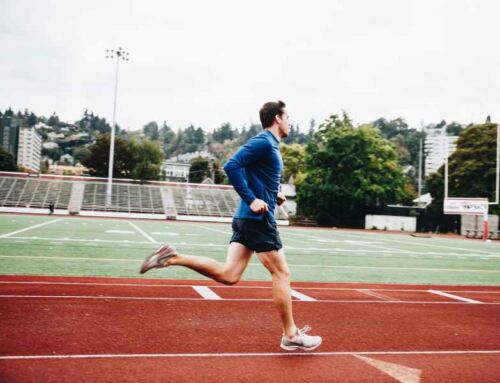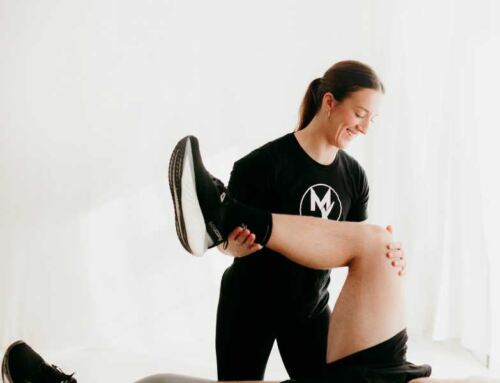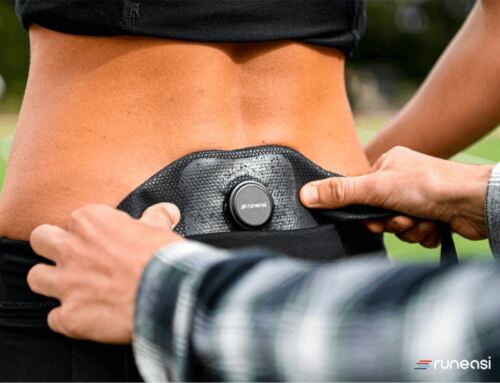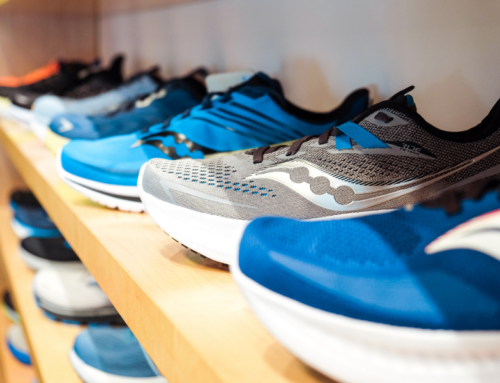Are Zero Drop Shoes Right for You? A Guide to Finding the Perfect Fit
The world of running shoes is constantly evolving, offering various styles and technologies to cater to different needs and preferences.
Zero drop shoes, characterized by a level sole without a raised heel, have gained popularity among runners seeking a more natural and minimalistic feel.
But are zero drop shoes the right choice for you? In this blog, we’ll explore the key factors to consider when determining if zero drop shoes are a good fit for your running style and body mechanics.
Understanding What Zero Drop Means
Before diving into whether zero drop shoes are suitable for you, it’s essential to understand what “zero drop” means. Unlike traditional running shoes with a raised heel, zero drop shoes maintain the same level of cushioning throughout the sole, resulting in a flat profile. This design aims to promote a more natural and midfoot or forefoot striking pattern.

Evaluating Your Running Form
Your running form plays a crucial role in determining whether zero drop shoes are a good choice. If you already have a midfoot or forefoot striking pattern, you may find it easier to transition to zero drop shoes.
These shoes encourage a more natural gait, which can reduce the risk of injuries for runners with appropriate mechanics. However, there you have to make sure that zero drop shoes are right for your foot, your body, and your running mechanics.
Is Your Foot Ready for the Transition to Zero Drop?
The ability to transition to zero drop is dependent on whether you have the proper ankle range of motion, big toe range of motion, foot type, and foot strength. It is highly recommended that you seek the advice of a skilled professional to ensure that you can safely and effectively transition to zero drop shoes.
If you’re unsure whether zero drop shoes are right for you, consider consulting a podiatrist, physical therapist, or a running specialist. They can assess your biomechanics and provide expert guidance based on your individual needs and goals.

Consider Your Running Goals
Your running goals and activities also influence whether zero drop shoes are suitable. If you’re training for long-distance races or need extra support for certain activities, zero drop shoes might not be the best choice for those specific purposes. However, they can be beneficial for building strength and running form awareness.
Listen to Your Body
Pay attention to your body’s response when transitioning to zero drop shoes. Some runners may experience calf soreness or Achilles tightness during the adjustment period. It’s essential to ease into wearing these shoes gradually to allow your muscles and tendons to adapt.

Try Before You Buy
Before making a commitment, try on various brands and models of zero drop shoes. The fit, cushioning, and support can vary significantly between manufacturers. Finding the right shoe that suits your feet and running style is essential for a positive experience.
Experiment and Transition Gradually
If you decide to try zero drop shoes, transition slowly. Start with shorter runs and gradually increase the duration and intensity as your body adapts to the new footwear. This approach can minimize the risk of injury during the transition period.
Pros of Wearing Zero Drop Shoes
- Many zero drop shoes have a larger toe box which will give you better use of your big toe resulting in better balance, control and proprioception.
- Less heel height will give you better proprioception of your foot on the ground as well as dispersing forces in a more equal fashion creating less impact pressure on the knee.
- When your hindfoot is at the same level as your forefoot, you have a more natural feel to your run.
- Zero drop shoes challenge the intrinsic muscles of your foot more therefore making your foot stronger. In fact, a 2009 study by Ridge et al concluded that “minimalist shoe walking is as effective as foot strengthening exercises in increasing foot muscle size and strength”.

Cons of Wearing Zero Drop Shoes
- May result in calf pain if not transitioned into slowly enough.
- Can result in foot or achilles injury if you do not have the proper foot strength or ankle range of motion.
- Zero drop shoes have more impact on the foot (which is why ensuring you have proper strength and range of motion is so important).
Conclusion
Zero drop shoes can be an excellent choice for runners who want to promote a more natural running gait and strengthen their lower leg muscles. However, they may not be suitable for everyone. To determine if zero drop shoes are right for you, consider your running form, comfort level, goals, and seek professional advice if needed. Ultimately, the perfect pair of running shoes should enhance your running experience and help you achieve your goals while keeping you comfortable and injury-free.







